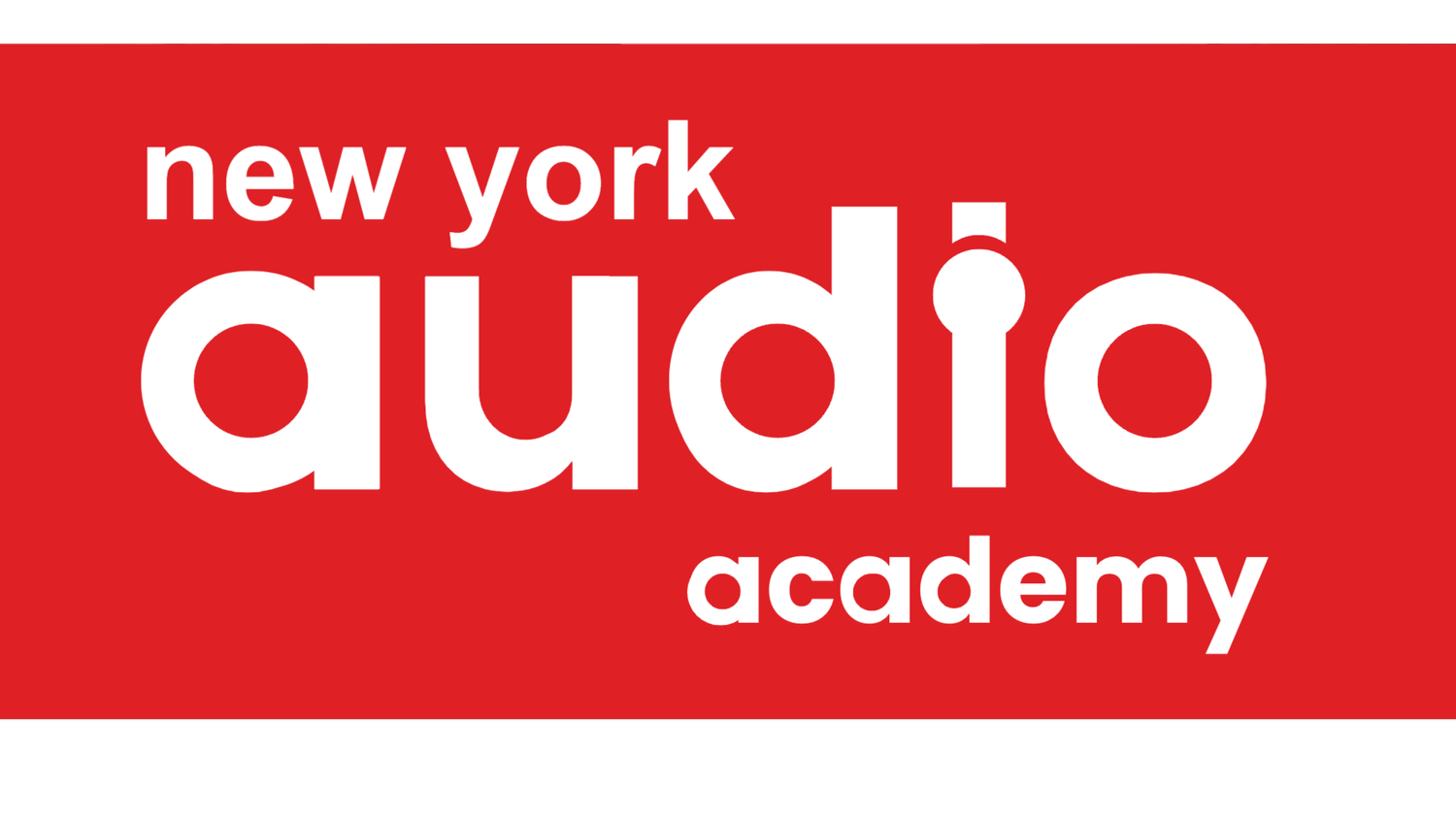The Rise and Fall of Quadraphonic Sound: A Tale of Ambition and Technology
Quadraphonic sound, often referred to as quad, promised a revolution in the way listeners experienced audio by adding two additional channels to the traditional two-channel stereo setup. Introduced in the early 1970s, this four-channel sound technology aimed to create a more immersive listening experience by surrounding the listener with sound from four different corners of the listening space. However, despite its innovative approach, quadraphonic sound never achieved mainstream success and eventually faded into obscurity. This blog post explores the ambitious rise and the eventual fall of quadraphonic sound, examining the technological, commercial, and cultural factors involved.
The Rise of Quadraphonic Sound
Quadraphonic sound emerged as a natural evolution of stereo, which had already revolutionized music listening with its two-channel sound. The idea behind quad was simple yet compelling: by adding two additional speakers, sound could not only move in a linear path from left to right but could envelop the listener from all sides. This setup was intended to enhance the realism of the audio, creating a sense of being in the middle of the action—whether it was a rock concert, a bustling cityscape, or a serene forest.
During its inception, various formats and systems were developed to support quadraphonic sound, including discrete 4-channel vinyl records, 8-track tapes, and even broadcast methods. Record companies released a number of albums in quadraphonic format, and some artists, like Pink Floyd and The Who, experimented with the format to take advantage of its potential for a more dynamic sound experience.
The Challenges and Downfall
Despite the excitement and initial adoption, several significant challenges led to the downfall of quadraphonic sound:
Lack of Standardization: There was no single standard for quadraphonic audio, leading to confusion among consumers and compatibility issues between different equipment and media formats. Major companies pushed their own systems—such as CBS's SQ, Sansui's QS, and JVC's CD-4—which further fragmented the market.
High Costs: Quadraphonic systems required consumers to purchase additional equipment, including two more speakers, a new receiver, and specialized media. The cost barrier was significant at a time when stereo systems were already established and more affordable.
Complexity in Use: Setting up a quadraphonic system was more complicated than a stereo setup. Proper placement of four speakers in a room required more space and specific positioning to achieve the desired enveloping sound effect, which was not feasible for every home environment.
Subtle Audio Enhancement: To many ears, the improvement in sound quality was not dramatic enough to justify the additional expense and effort. While audiophiles appreciated the enhanced immersion, casual listeners often found stereo to be sufficiently satisfying.
Market Readiness: The consumer market was not fully ready for another leap in audio technology, especially since stereo had become deeply entrenched in homes and the music industry. Additionally, the content available in quad was limited, making it less appealing to invest in the new technology.
Conclusion
Quadraphonic sound's decline by the late 1970s serves as a fascinating case study of how technological innovations, regardless of their potential, depend on market readiness, standardization, and cost-effectiveness. While it failed to become mainstream, the legacy of quadraphonic sound lives on in modern surround sound systems used in home theaters and gaming setups, which can trace their technological roots back to the ambitious four-channel experiments of the 1970s. Quadraphonic sound, in its brief heyday, highlighted both the possibilities and the pitfalls of pushing the boundaries of audio technology.
